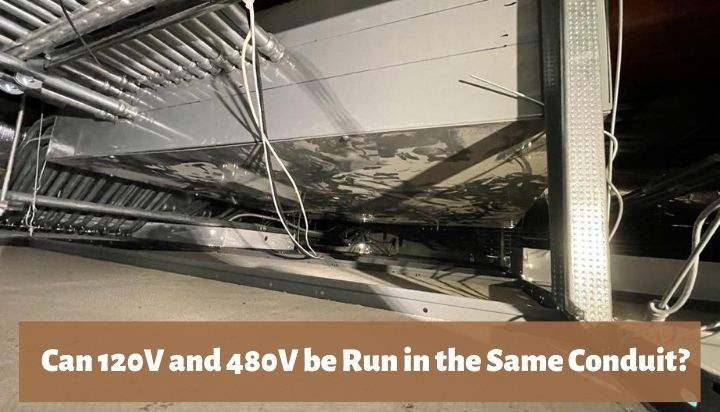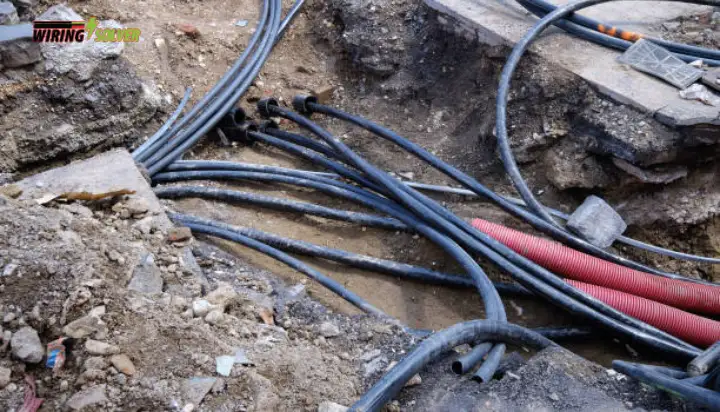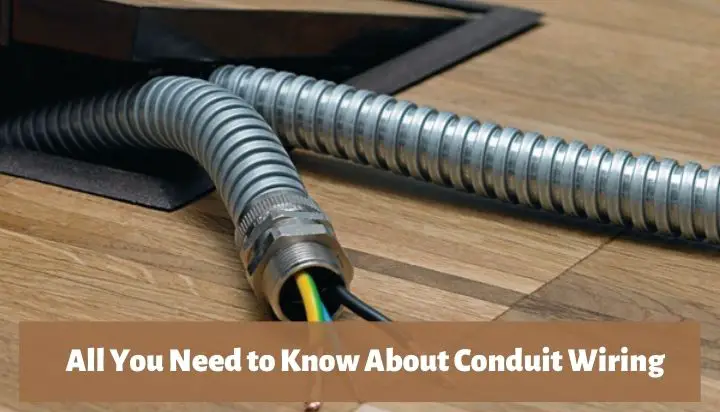Electrical conduits are an essential method in creating the electrical system in various households and other setups. These conduits can help protect the conductors from environmental hazards. But, can you run 120V and 480V in same conduit?
The short answer is yes, you can run 120V and 480V in same conduit as long as the insulation is rated for 600 volts. But normal and emergency power systems should not be mixed in the same raceway. Also, this should be avoided if the 120V signal is going to a sensitive device.
In this article, I will discuss the details of running 120V and 480V within the same conduit. As well as the general rules and regulations for running multiple voltages in the same conduit.

Is It Possible to Run 120V and 480V in the Same Conduit?
Can you run 120V and 480V in same conduit? Yes, you may run 120 volts and 480 volts in the same conduit. But there are certain conditions that must be followed before you proceed with this installation.As not all situations are always based on similar factors.
Insulation Rating:
First of all, you must ensure that the insulation rating for the conductors is rated for 600 volts. It is not a good idea to connect conductors over 600 volts to conductors under 600 volts. Unless the lower voltage line serves as a control line for a high voltage motor or something similar.
Use Case of the Conductor:
The second thing that you should consider is the use case for the conductor running 120 volts. In case you want to use it with an appliance that is extremely sensitive to the signals, you might want to avoid this setup.
As the 480V conductor will create an induction effect and affect the signal within the conductor with the 120 volts. This could potentially mess with the signals received by the appliance and cause unwanted results.
AC or DC:
However, the final thing to consider is that the wires cannot be AC and DC within the same conduit. I will get into the details of this factor in the following segment. As several NEC codes are present when installing conduits for electrical wiring.
Can I Run AC and DC Wires in the Same Conduit?
No, as a DC voltage could be induced into the AC side via the DC connections. They can move side by side when running the wires separately, but they shouldn’t be placed in the same conduit.
Because, in the event that your insulation fails in any way, you risk having extremely high voltages leak into your low-voltage cable.
There are relatively few absolute laws in life, but the general guideline is to avoid running AC and low-level DC (generally defined as less than 50VDC) in the same conduit.
What is the issue when running AC and DC together?
The real issue appears when either circuit has a high current flowing through it, especially when that current is being turned on or off.
The wiring should be separated not merely because it is AC or DC, but also because it is obvious that each wire serves a different purpose and travels from one location to another.
Furthermore, DC wiring is more likely to be low voltage wiring; high voltage cables should never be mixed with low voltage wires.
How does the direction of current affect this affair?
Although current can flow in both directions alternately, a DC cable only allows current to flow in one direction, which can be either positive or negative.
Now imagine that an AC wire accidentally meets a DC wire at a specific instance when a negative electron is flowing inside the AC wire. In the worst-case scenario, the system as a whole will become violently short. There could be an electrical fire within your system.
Do the NEC Allow Conductors of Different Voltages in the Same Conduit?
According to the NEC, it is perfectly OK to run different voltages in the same conduit.
However, you must take into account that once you reach more than 3 current carrying conductors in a conduit, a duration factor will come into play (Table 310.15(B)(2)(a) NEC 2005. Also, you must watch your conduit fill.
Also, power conductors of different systems can occupy the same raceway, cable, or enclosure if all conductors have an insulation voltage rating not less than the maximum circuit voltage [300.3(C)(1)].
Another important note, be careful about the insulation used on the lower voltage system, it must be insulated to the highest voltage in the raceway.
300.2 Limitations. (C) Conductors of Different Systems.
600 Volts, Nominal, or Less. Conductors of AC and DC circuits rated 600 volts, nominal, or less shall be permitted to occupy the same equipment wiring enclosure, cable, or raceway.
All conductors shall have an insulation rating equal to at least the maximum circuit voltage applied to any conductor within the enclosure, cable, or raceway.
However, there is a possibility that this could be illegal if this is a class 2 or 3 low-voltage power supply. You could reclassify it as a class 1 source, but you would then need to make sure that the entire system was wired according to a chapter 3 wiring method.
Additionally, you would need to re-label the transformer and protect it with a fuse much like a class 1 transformer.
Summary
Can you run 120V and 480V in same conduit? This article should have provided you with an in-depth answer to your question. However, please consider the additional factors that have been mentioned here as well.
And in case you may feel confused regarding the conduit installation, feel free to consult a professional electrician for any advice necessary. As there may be several underlying issues that need to be diagnosed beforehand.



![Why and When Is Myers Hub Required? [All You Need to Know]](https://wiringsolver.com/wp-content/uploads/2022/11/when-is-Myers-hub-required.jpg)


![Myers Hub Vs Connector! [Key Differences]](https://wiringsolver.com/wp-content/uploads/2022/11/Differences-Between-a-Myers-Hub-and-a-Connector.jpg)